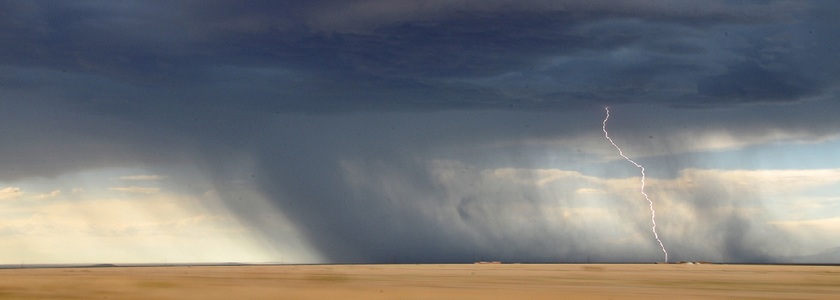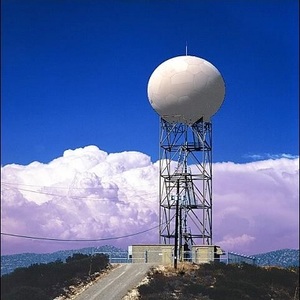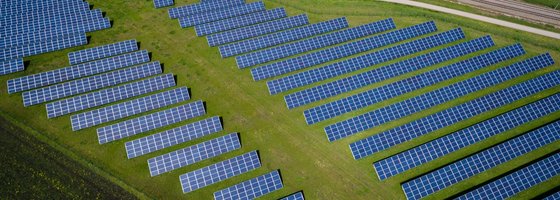

Professor Paul Thursday - What Makes A Storm Severe?
During the spring and summer seasons, the sound of approaching thunderstorms can be a common one, depending on your location. Much of the rain that falls during the warm seasons is from thunderstorms. However, in addition to rain, other less welcoming elements can also accompany thunderstorms. These elements can cause property damage and loss of life. Due to the dangers that thunderstorms present, meteorologists around the country watch for situations that can bring about these elements. When storms begin to exhibit certain characteristics on Doppler radar imagery, the need to alert the public of severe storms becomes crucial.
In order for a severe thunderstorm warning to be issued by your local National Weather Service (NWS) office, the following criteria must be met. A severe thunderstorm is defined as a storm with one or more of the following: hail to an inch diameter or larger, wind gusts over 58 mph, and/or isolated tornadoes. These warnings are issued through the analysis of Doppler radar data and storm spotter reports.
When thunderstorms exhibit properties that alert a meteorologist that a tornado may be forming, a tornado warning is issued, rather than a severe thunderstorm warning. Doppler radar has the ability to detect when a portion of the storm is showing rotation in its velocity data. When radar data picks up on this with some consistency, a tornado warning is then issued. Storm spotter networks are an invaluable tool for meteorologists to get a visual report of what characteristics a storm is exhibiting. Verification of the storm attributes by spotters, such as a sighting of a funnel cloud or tornado touchdown, are extremely helpful.







